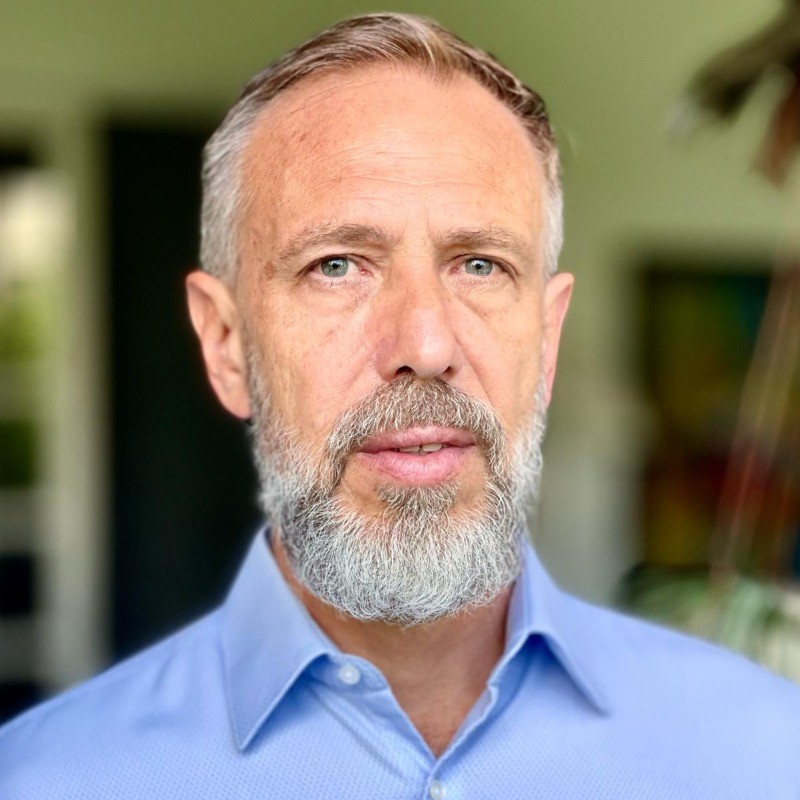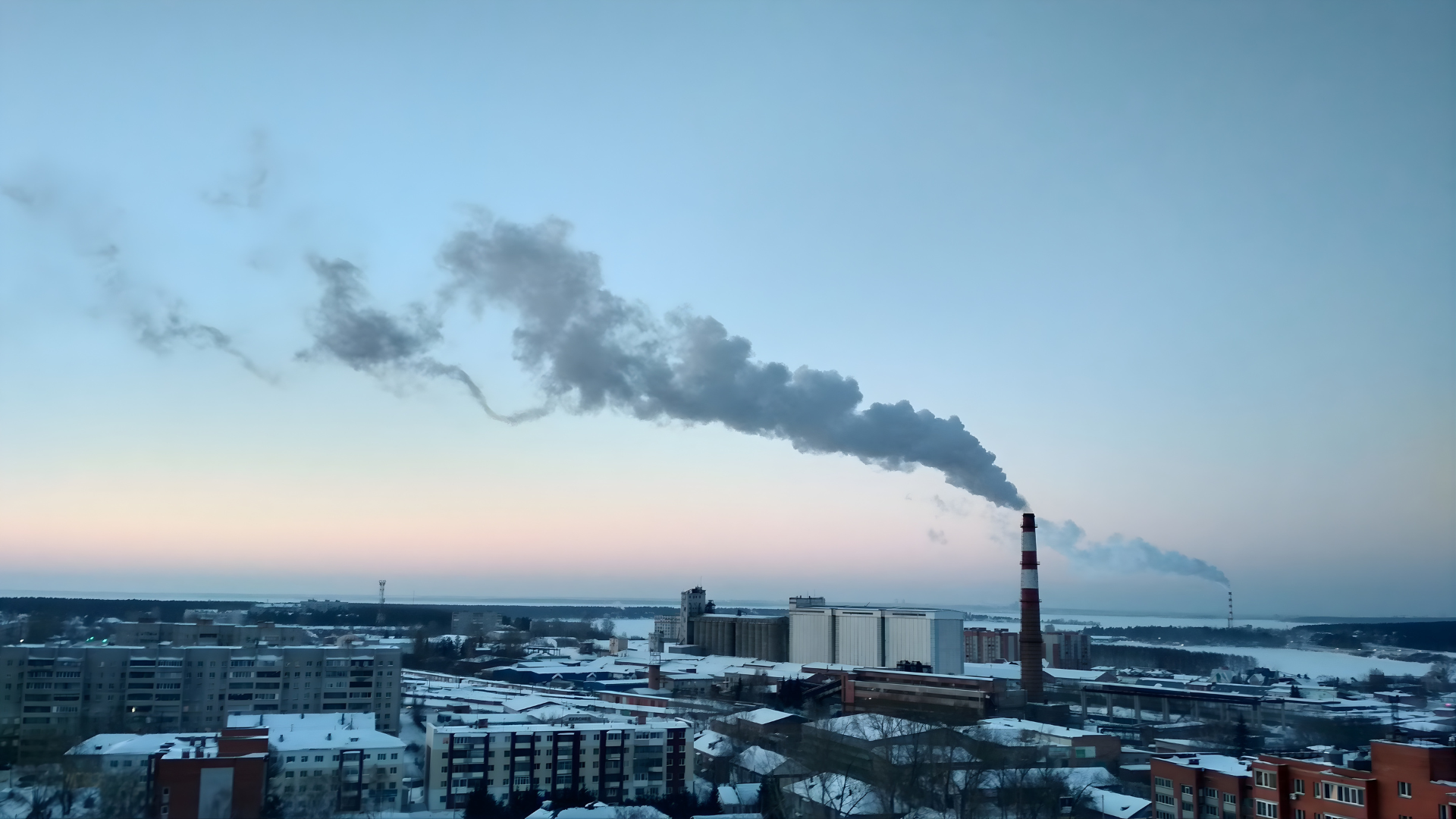The path to net-zero emissions requires tackling some of the most stubborn sources of carbon dioxide. While renewable energy and electrification can eliminate many emissions, certain industrial processes remain difficult to decarbonize. Cement manufacturing, for instance, releases CO₂ through the chemical process itself. Aviation requires energy-dense fuels that batteries can’t yet replace. Waste incineration — essential for managing the waste streams modern society generates — produces emissions regardless of the fuel source.
These hard-to-abate sectors are a critical challenge in the fight against climate change. According to the Center for Climate and Energy Solutions, carbon capture, use and storage technologies can capture more than 90% of carbon dioxide emissions from power plants and industrial facilities. The organization estimates that carbon capture can achieve 14% of the global greenhouse gas emissions reductions needed by 2050 and is viewed as the only practical way to achieve deep decarbonization in the industrial sector.
As regulatory pressures intensify and corporate climate commitments become more ambitious, industries are turning to carbon capture as an essential tool for reaching their decarbonization goals. The technology is moving from pilot projects to commercial deployment, creating opportunities for companies with the expertise to implement it at scale.
Understanding carbon capture approaches
Carbon capture takes two primary forms, each serving different purposes in the decarbonization toolkit. Point source capture targets emissions where they originate, like at the stack of an industrial facility, power plant or waste incinerator. The CO₂ concentration in these exhaust streams is typically around 10%, making capture more economically viable than extracting CO₂ from ambient air.
Direct air capture is a more technically challenging approach, removing CO₂ directly from the atmosphere where concentrations sit at just 400 parts per million. It’s more energy-intensive and costly than point source capture, but offers unique advantages. It can be located anywhere and addresses legacy emissions already in the atmosphere.
For companies operating waste-to-energy facilities, carbon capture offers a particularly compelling opportunity. When organic waste like food scraps, paper or wood burns, it releases biogenic CO₂, which plants originally absorbed from the atmosphere through photosynthesis. Capturing and storing this biogenic CO₂ creates a net-negative emissions process, effectively removing carbon from the atmosphere while managing essential waste streams. This distinguishes waste-to-energy carbon capture from fossil fuel applications, where capture simply prevents new emissions rather than reversing them.
Once captured, CO₂ follows one of two pathways: storage or utilization. Geological storage sequesters CO₂ underground in depleted oil and gas fields or deep saline aquifers, permanently removing it from the atmosphere. Utilization transforms captured CO₂ into valuable products like sustainable aviation fuel, building materials for construction, resources for local agriculture or industrial chemicals.
Veolia’s multifaceted role
Carbon capture implementation requires expertise across multiple disciplines, and Veolia’s diverse capabilities position the company to address the challenge from several angles.
As an industrial operator managing waste-to-energy facilities, district heating plants and biogas production sites, Veolia faces its own decarbonization requirements. Our experience with industrial emissions provides valuable insights into the practical challenges of implementing carbon capture systems at operating facilities.
Our role as a service provider extends this expertise to clients across multiple industries. Operating facilities on behalf of municipalities and industrial partners means understanding each site’s unique emissions profile, energy availability and local utilization opportunities. Carbon capture systems must integrate seamlessly with existing operations without disrupting essential services.
Chemical expertise is another critical component. Carbon capture using amine-based systems — currently the most mature technology for point source applications — depends on maintaining solvent health and optimizing chemical processes. Veolia’s chemical services division brings decades of experience managing similar systems in refineries and gas processing plants, knowledge that transfers directly to carbon capture operations.
Demonstration and investment
Veolia is advancing its carbon capture capabilities through targeted demonstration projects that will inform future deployments. The company plans to invest €12 million through 2028 in pilot carbon capture and recovery units implemented at industrial scale.
The first project, in partnership with Le Mans Métropole in France, will deploy a carbon capture system at a waste-to-energy facility that Veolia has operated for 50 years. The demonstration unit will process up to 10 metric tons of CO₂ per day when it becomes operational in 2026. The captured CO₂ will be liquefied and made available for local utilization, creating circular economy opportunities within the region.
A second pilot project will launch in 2026 at Veolia’s hazardous waste facility in Port Arthur, Texas. This project will test innovative technology designed specifically for the unique characteristics of hazardous waste incineration.
These demonstration projects provide hands-on experience with carbon capture operations, generate technical data to inform future designs and demonstrate viable pathways for different types of facilities. The projects also support Veolia’s commitment to reduce its Scope 1 and 2 carbon emissions by 50% by 2032 as part of its GreenUp strategic program.
A comprehensive approach to decarbonization
Carbon capture technology continues to advance as more facilities move from planning to operation. The coming years will see further reductions in costs, improvements in energy efficiency and expansion of CO₂ utilization pathways. For industries facing hard-to-abate emissions, carbon capture provides a critical tool for meeting climate commitments while maintaining essential operations.
Veolia’s agnostic and collaborative approach combines practical operating experience with technical expertise across water and gas treatment, chemical management and industrial systems. This breadth of capability allows us to address carbon capture challenges holistically, from initial assessments through system design, implementation and long-term operations. We continue to build the knowledge base needed for broader deployment as carbon capture moves from emerging technology to standard practice in industrial decarbonization.
Reach out to our experts to learn more about how carbon capture solutions can support your facility’s decarbonization goals.
Tags

Author | Pablo Reali
Managing director, Energy & Process Solutions, Veolia

